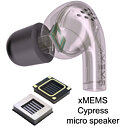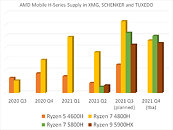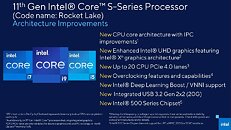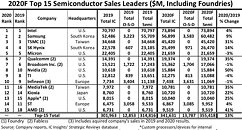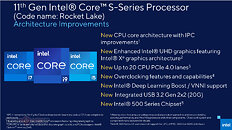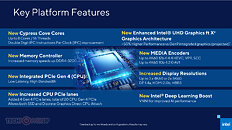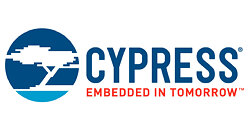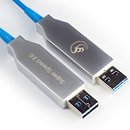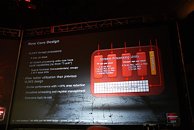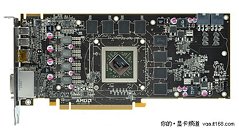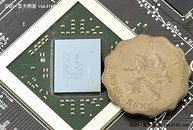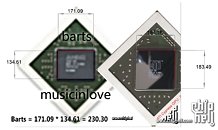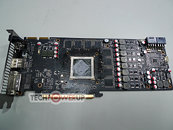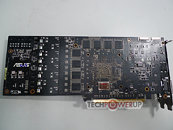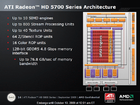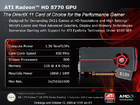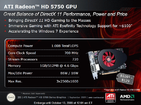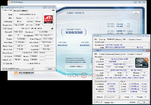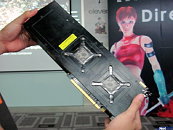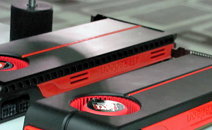Sound from Ultrasound: Audio Pioneer xMEMS' New Silicon Speaker Reinvents How Humans Experience Sound
xMEMS Labs, pioneers in solid-state, all-silicon micro speakers, today announced a revolutionary breakthrough in sound reproduction, changing the way mass-market, true wireless stereo (TWS) earbuds create ultra high-quality, high-resolution sound experiences across all audio frequencies.
With the introduction of its groundbreaking new Cypress solid-state MEMS speaker, xMEMS engineers have replaced legacy push-air sound reproduction with the company's ultrasonic amplitude modulation transduction principle. Ultrasonic modulation turns ultrasonic air pulses into rich, detailed, bass-heavy, high-fidelity sound, representing the first no-compromise alternative to the moving-coil concept for high-volume consumer active noise canceling (ANC) earbud micro speakers.
With the introduction of its groundbreaking new Cypress solid-state MEMS speaker, xMEMS engineers have replaced legacy push-air sound reproduction with the company's ultrasonic amplitude modulation transduction principle. Ultrasonic modulation turns ultrasonic air pulses into rich, detailed, bass-heavy, high-fidelity sound, representing the first no-compromise alternative to the moving-coil concept for high-volume consumer active noise canceling (ANC) earbud micro speakers.
